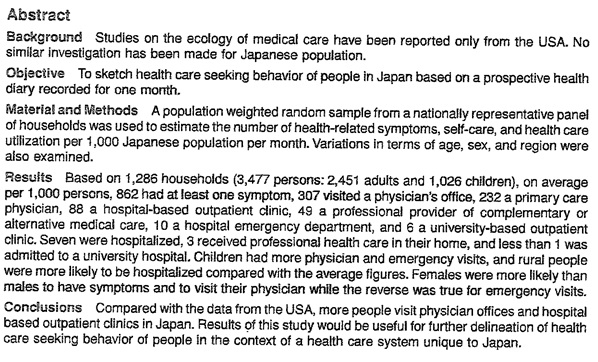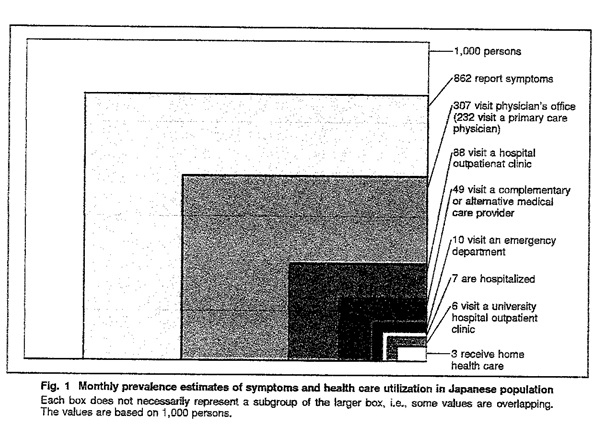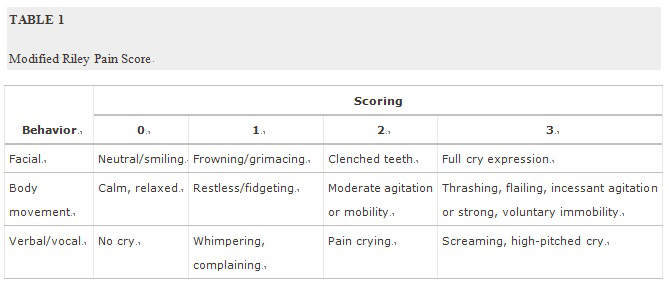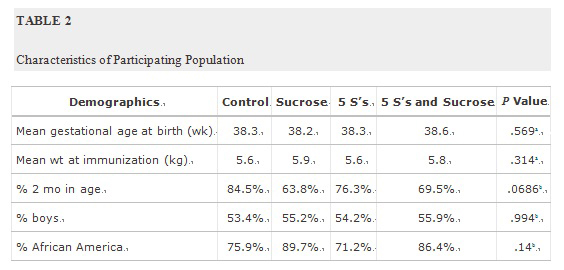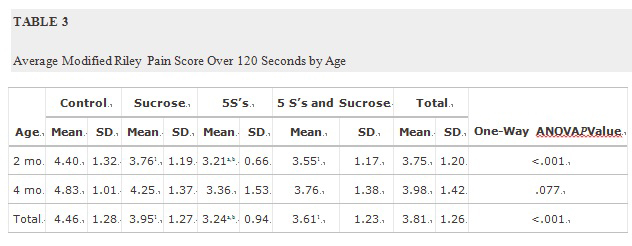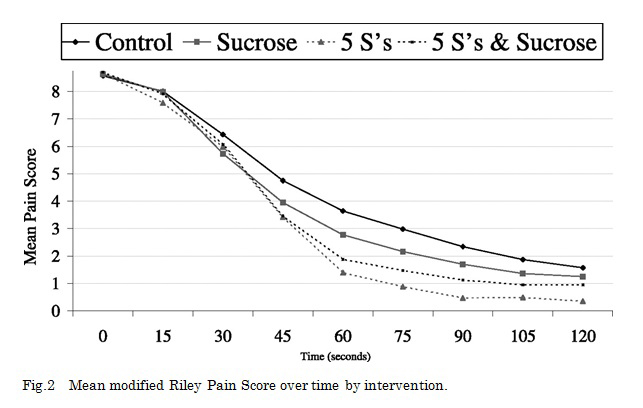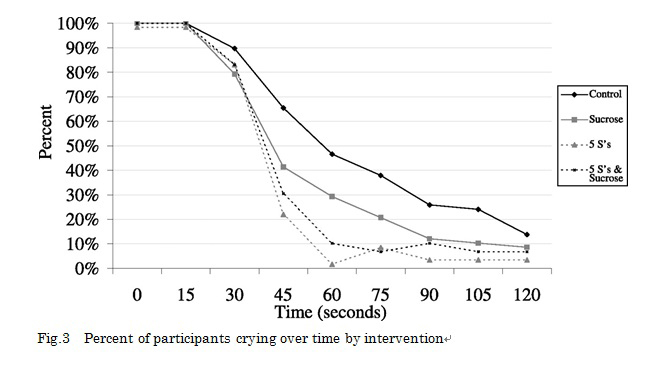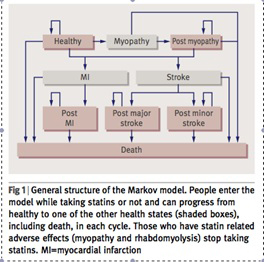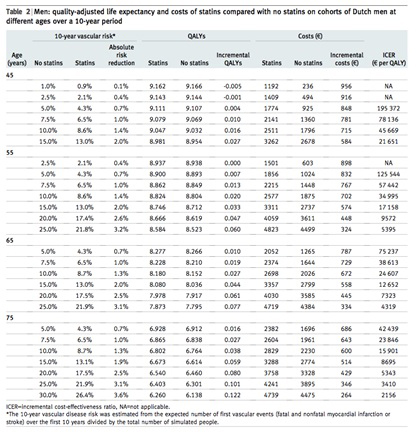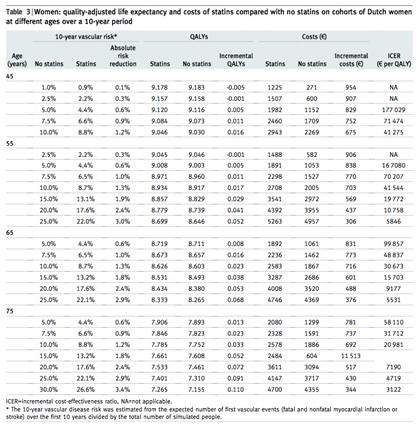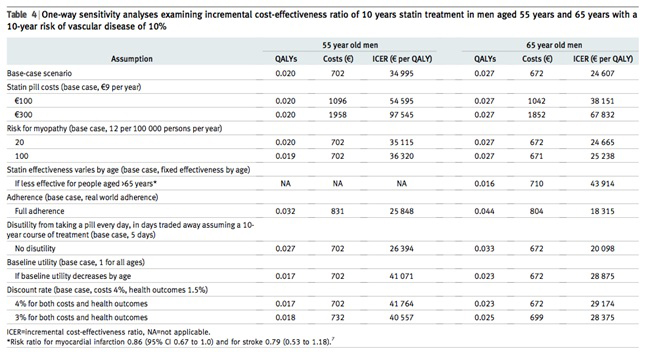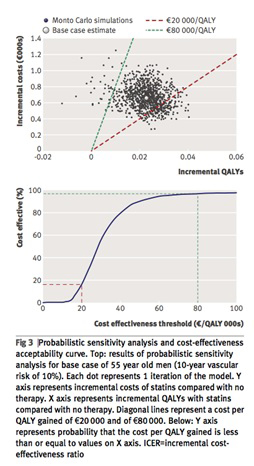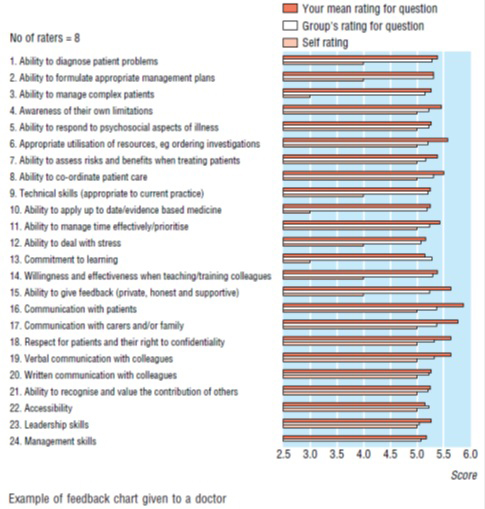【文献名】
著者名:N Engl J Med
文献タイトル:The Spread of Obesity in a Large Social Network over 32 Years .
発行年:2007;357:370-9.
【要約】
Background
The prevalence of obesity has increased substantially over the past 30 years. We performed a quantitative analysis of the nature and extent of the person-to-person spread of obesity as a possible factor contributing to the obesity epidemic.
Methods
We evaluated a densely interconnected social network of 12,067 people assessed repeatedly from 1971 to 2003 as part of the Framingham Heart Study. The bodymass index was available for all subjects. We used longitudinal statistical models to examine whether weight gain in one person was associated with weight gain in his or her friends, siblings, spouse, and neighbors.
Results
Discernible clusters of obese persons (body-mass index [the weight in kilograms divided by the square of the height in meters], ≥30) were present in the network at all time points, and the clusters extended to three degrees of separation. These clusters did not appear to be solely attributable to the selective formation of social ties among obese persons. A person’s chances of becoming obese increased by 57% (95% confidence interval [CI], 6 to 123) if he or she had a friend who became obese
in a given interval. Among pairs of adult siblings, if one sibling became obese, the chance that the other would become obese increased by 40% (95% CI, 21 to 60). If one spouse became obese, the likelihood that the other spouse would become obese increased by 37% (95% CI, 7 to 73). These effects were not seen among neighbors in the immediate geographic location. Persons of the same sex had relatively greater influence on each other than those of the opposite sex. The spread of smoking cessation did not account for the spread of obesity in the network.
Conclusions
Network phenomena appear to be relevant to the biologic and behavioral trait of obesity, and obesity appears to spread through social ties. These findings have implications for clinical and public health interventions.
【開催日】
2012年10月17日
